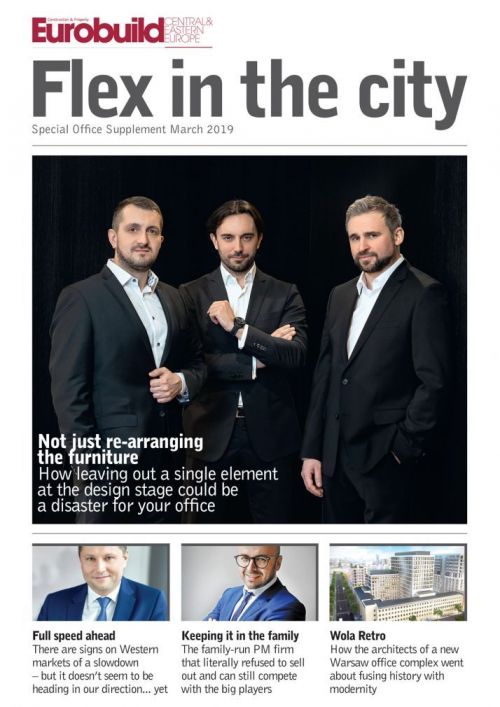The flexible office space sector in Europe has more than doubled since 2014, and could grow by as much as 30 pct annually over the next five years. These forecasts – based on an analysis of 20 major European markets – also include Warsaw, which dominates the Polish market for flexible space. The flexible office space sector in Europe is mainly being driven by the development of start-ups, creative industries, and small- and medium-sized companies. Furthermore, the combination of high tenant activity coupled with the business plans of the world’s largest operators means that more than 7 mln sqm could be added to Europe’s flex office market by 2023.
Western Europe leading the way
With the rise in self-employment after the global financial crisis, cities such as London, Amsterdam, Dublin, Berlin and Copenhagen have been the crucibles of the European flexible space boom. They are not merely the cities where the market has grown the most rapidly, but they have also































































